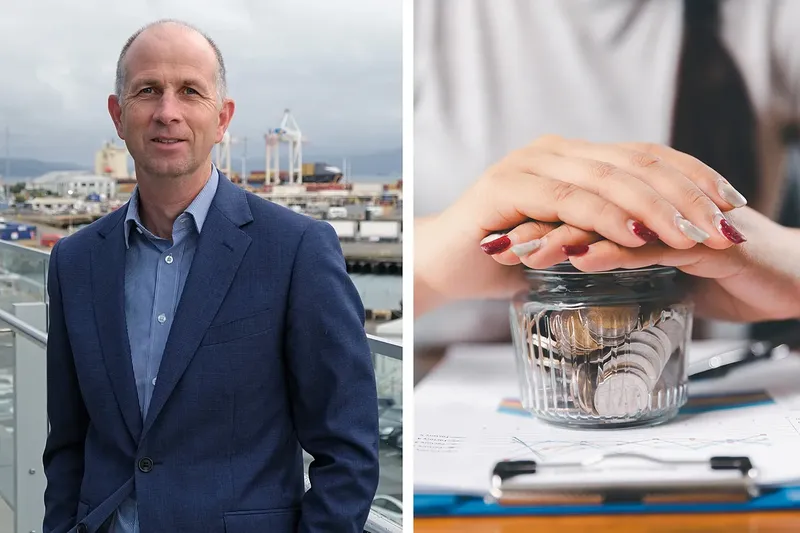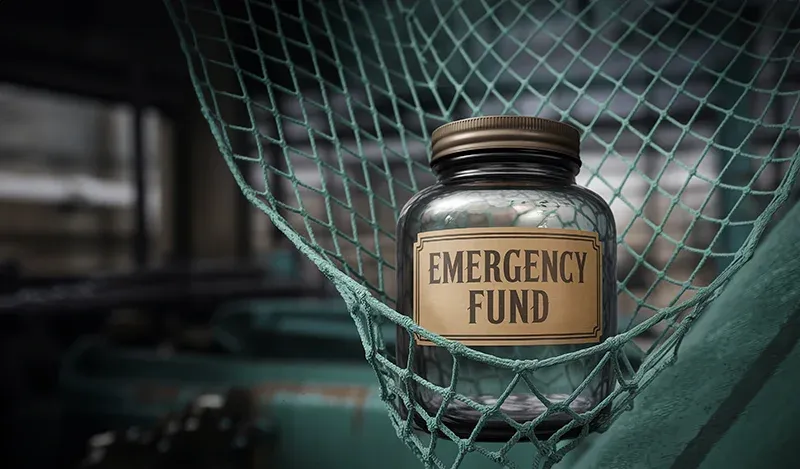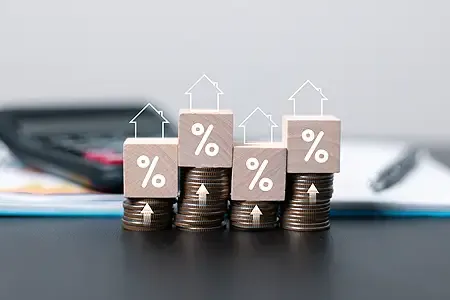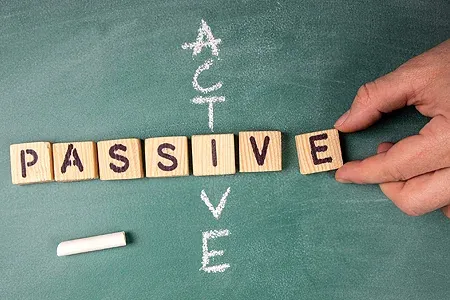Emergency funds: How to boost your financial safety net
By MAS Team
By MAS Team
MAS Head of Investments, Dan Mead, answers common questions about emergency funds, and shares tips on how to grow your rainy day savings.

Unfortunately, we live in a country where more than half the population couldn’t cover an unexpected expense equivalent to a month’s income. According to Stats NZ, 38.2% of households perceived their income as either ‘not enough’ or ‘only just enough’. This means the sad fact is that many people would be forced to take on debt to cover an emergency.
Emergencies that catch people off guard include such things as unforeseen car troubles, dental procedures and family health issues. That’s why it’s generally recommended that people save around 3 to 6 months of expenses to cover emergencies. If your household spends $5,000 a month on food, transport, housing, and so on, then you’d want to aim for between $15,000 to $30,000 in savings according to this rule. That said, if you’re one of many who have very little saved, even $1,000 is a good start.
Emergency funds not only provide financial security but can also enable you to handle risk more effectively. With a robust savings cushion, you may be able to afford to select a higher insurance excess (the amount you pay when you claim) to lower your overall premiums. A financial safety net can also help you navigate investment market fluctuations with greater confidence. Having readily accessible cash can enable you to better manage volatility to take on more investment risk and earn higher expected returns over time.
Emergency savings should be deposited somewhere accessible and low risk. Appropriate places could be in a higher interest bank account or a cash fund without a term. The MAS Investment Funds Cash Fund could also be an option. It invests in a range of different term deposits with maturities up to 12 months, is diversified across several New Zealand banks, offers no term or lock-in period, and withdrawal requests are generally paid within 5 business days. The Fund is also a portfolio investment entity (PIE), with a maximum prescribed investor rate (PIR) tax rate of 28%. This is particularly attractive when compared to a standard term deposit or bank account which can incur Resident Withholding Tax of up to 39%.

If you’re looking for everyday ways to save money and start building your emergency fund, try these simple tips for reducing your current spend without too much pain:
Microsaving is the practice of putting small amounts of money aside on a regular basis so that you gradually build up savings over time, without doing anything drastic or having to think too hard about it. It works on the principle that small, consistent saving soon becomes a habit, and helps you realise that boosting your savings is achievable – and addictive! With microsaving, no amount is too little. Even a few spare dollars, or the change from a purchase is valuable in helping you grow your overall total.
A financial adviser can improve your economic outcomes by helping you understand your goals, set a plan and choose the right investments. Even more importantly, the value an adviser can bring is in helping you stick with your plan, through good times and bad.
Having an expert between you and your money helps ensure you don’t make irrational decisions that could set you back years. This happened to thousands of Kiwis during the Covid-driven market sell-off. According to the Financial Markets Authority (FMA), over 60,000 people switched KiwiSaver funds in March 2020, mainly to lower risk, lower expected return funds. Instead of sticking to their goals, these people let their emotions get the better of them. By the time the market recovered in August that year, over 90% were still in lower risk funds, effectively locking in their losses.
Don’t become one of these people. As a MAS Member, you have access to a personal MAS Adviser at no additional cost. They’re here for your benefit, so please do your future self a favour and get in touch.

Ideally, you want to take a systematic approach to building your wealth, buying assets with reasonable risk in exchange for long-term growth. Here are 5 things to consider when creating your plan:
This article is of a general nature only and is not intended to constitute financial or legal advice. MAS is a licensed financial advice provider. Our financial advice disclosure statement is available by visiting mas.co.nz or by calling 0800 800 627.
Medical Funds Management Limited is the issuer and manager of the MAS KiwiSaver Scheme, MAS Retirement Savings Scheme, and MAS Investment Funds. The Product Disclosure Statements are available at MAS KiwiSaver Scheme PDS, MAS Retirement Savings Scheme PDS, and MAS Investment Funds PDS.

Securing your financial future can include consideration of various investment options including KiwiSaver, term deposits, bonds, and shares.

MAS Head of Investment Dan Mead helps demystify a common confusion between active and passive investing, and which type could work best for you.

If you're in your 20s, your future retirement probably isn't a big priority, but thinking about it and starting to save then means you're more likely to be set up when the time comes to stop working.